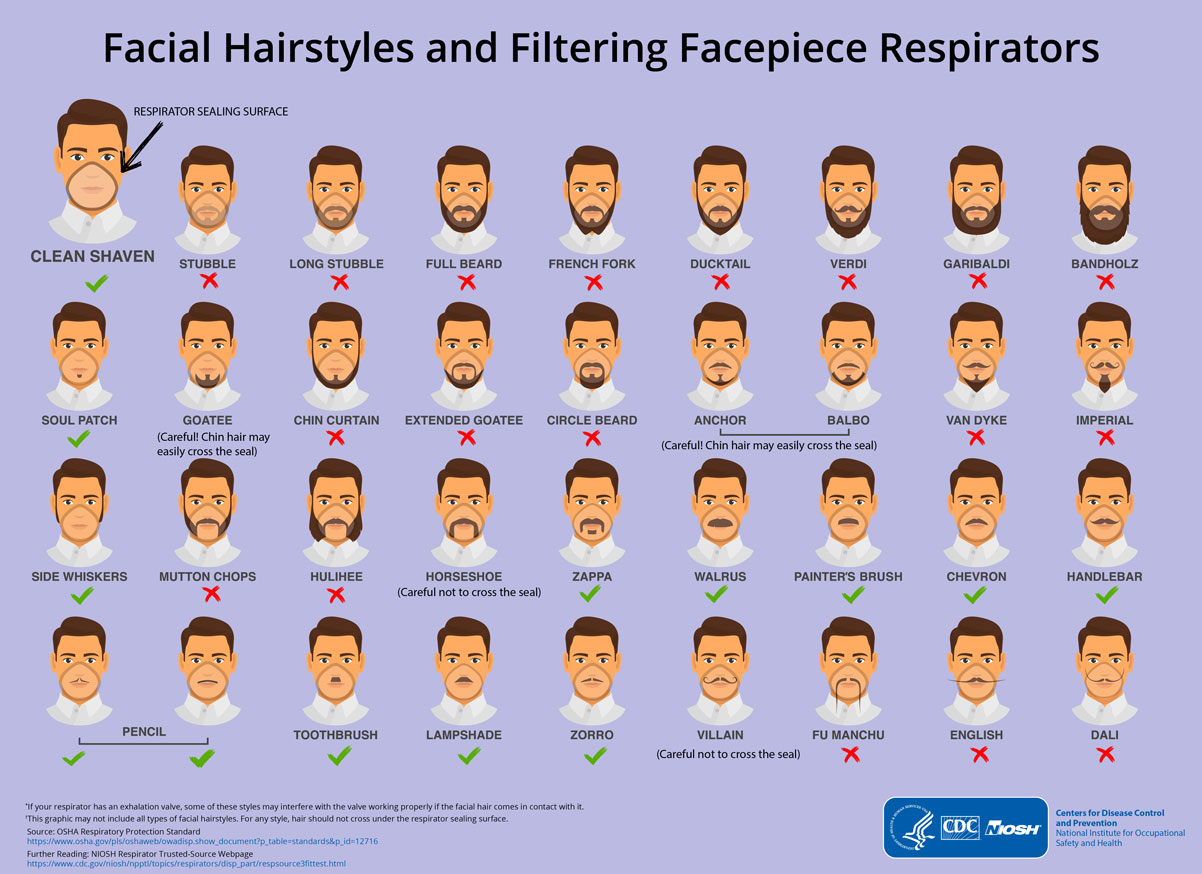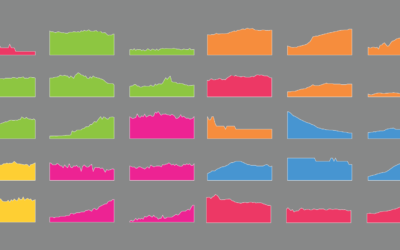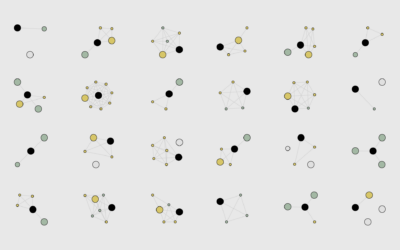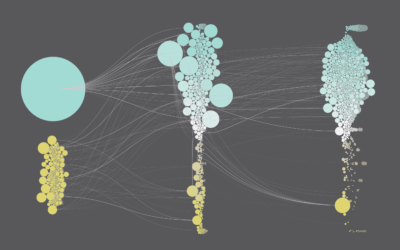Face mask respirator and its usefulness with different beard styles

The Centers for Disease Control and Prevention made this graphic to show what beard styles work and do not work with a respirator. If there is hair in the way, the seal breaks. The CDC made it a couple of years ago for No-shave November, hence the playful tone, but with coronavirus concerns, it’s once again made relevant.
It reminds me of the trustworthiness of beards.
Also, wash your fingers.
Become a member. Support an independent site. Make great charts.
See What You Get




